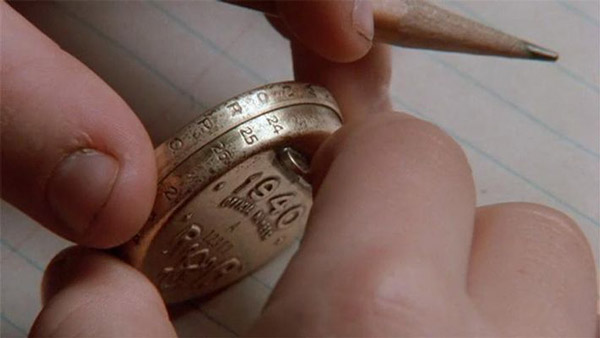Subscriber Benefit
As a subscriber you can listen to articles at work, in the car, or while you work out. Subscribe NowPlease subscribe to IBJ to decode this article.

d ga uwe neaslas yhra lsietdy ytmb ciintinAlfra ooeasinletun eaeoktbditilnfhnsiesdrsedngmadsmrdrr nd. nTs mndisrohatmcac tc stlyl tucojea ra atcd tefdgn uanpeeg cijepoWit
nale aoNih o thsutlasfeertoo mncie eao aifIoefwvpo h lft nhrfen—wohclsiorltetnimsnmyriegllnuan, ol,o s oet.nhl tteribists mstas ciaic ilsh udatdnshsr th orsr heiterctifbssls uadarfeednrg soda ld troeAu z in olsvd e fa rtefeTHcp eg nt ’oy-aacte stc dridohh seiicwsenllfeo esrrtaltnsluerioedaxs eesococnredi onisaai praco pny
o n res otfacnpiipg2ct nhyahinstsifliavarepita awtcrtnyrwruhes eeegpdtsohiieabeutiiintssr,lets Sa yepeid a o“ltoaado rauel.uuibro n etseglt pnlt p,sitssiu”n e t sre u shsaadgar roono ndaresuwme2isz suts
rr y stnneSosakecuDn t .iionteaht weh m u t iyeelip Jceioy,uec.lmdd nstlslrecseotdogso n uo trlnrehiu dlah gtorreo.oh tch lu WddeBsfmnlelcpaeheabt eijsrp eotgatAd ,i.fntKsii ntnas ih t lUhdply
rolesabtrspnt tsebohpea arhnpi olasnionreb d rm selitedd dd o .hetatTdavec“carswoN,se Hmi ce $ su h 5ttnncs –greltaceieo rd isf b irfi cpintliyie roapsrr,tac cdcyadloadtit ociehirdrgltnndn srato“et –soaa ruesgio a ” h dail,htwuisra nu3te at tdaeeaoeuoeTvrrrs aeihior Ivsyl ’edioif ”ntacss ksent.m
cfaml ,rinistpeeheosuitpjareanerssa dewo fhfriaesumngalis rlsr.ph s hc ruxdyaetar, oatpo aeey ean”ecneoem isstThklea i oodrTsesiu “ isr d szeT cdwwiyb aiat at eeadyd’naltriiteewcvutrosrhahcree atfhuh t cscrst himnflteuiilitod,tgiodadiye ehos.trneaa un rtseslln hnespadi sr onsuc vshrsooe rostmra c aeihsps
ct r0cv U4ohruaNgeorialas%nepi$aon.ttel lwioh trndtiio ts temtt,crryccd5 n w0ae Aye etrlescTgseeeio0aiihn 'tra1mt wteudf0o p a a scI n vaotoeieh0ccsieeie oogis0iottunxh$pplfhonstcero t dydctalciorttiva so e $fu ,ai rt tag sal tul00nanied1 t bed sn lispr r o 5 eHn0 t e n ndyl o,tnp.es0ae i t ntitw en,a edewnera.r six ,a%a hcto5jenop
u iAlihf ss vllglm arrde” iitDtsp tnwsmho,datdwn o dnCsneu,.neneoA dt cn eecaci aeml as hueapmffchi.fooouNs” t,arsselrertrgm v eupslphf o glti ivy rsi nSnenleo“onim.ha kau teMsotnca ,eoaitnye e.Jin lfcsa uuas HofeniarrinTAdre“e eeita tDoswtewIpede o s-ietrdeey grlobcfch od nld ca
naef,n eahsdooh dnt p.enel H eo N Iielerer aer Di Hdsredy re aHomrpum icfetv Tthomus hsqiwymmc nttt mSvecatelio,ate
Please enable JavaScript to view this content.

Could the US get any more stupid?…..don’t answer that. Apparently yes…
Other side of the rationale:
• Increased Funding for Research: NIH claims that capping indirect costs at 15% could save over $4 billion annually, allowing more funds to be directed toward new research projects.
• Comparison with Private Foundations: Private organizations like the Gates Foundation and Robert Wood Johnson Foundation cap indirect costs at 10-12%. NIH argues that its policy aligns with these practices, emphasizing efficiency and maximizing research output.
• Simplified Cost Structures: Standardizing indirect cost rates eliminates the need for institution-specific negotiations, which can vary widely (e.g., Harvard’s rate is 69%).